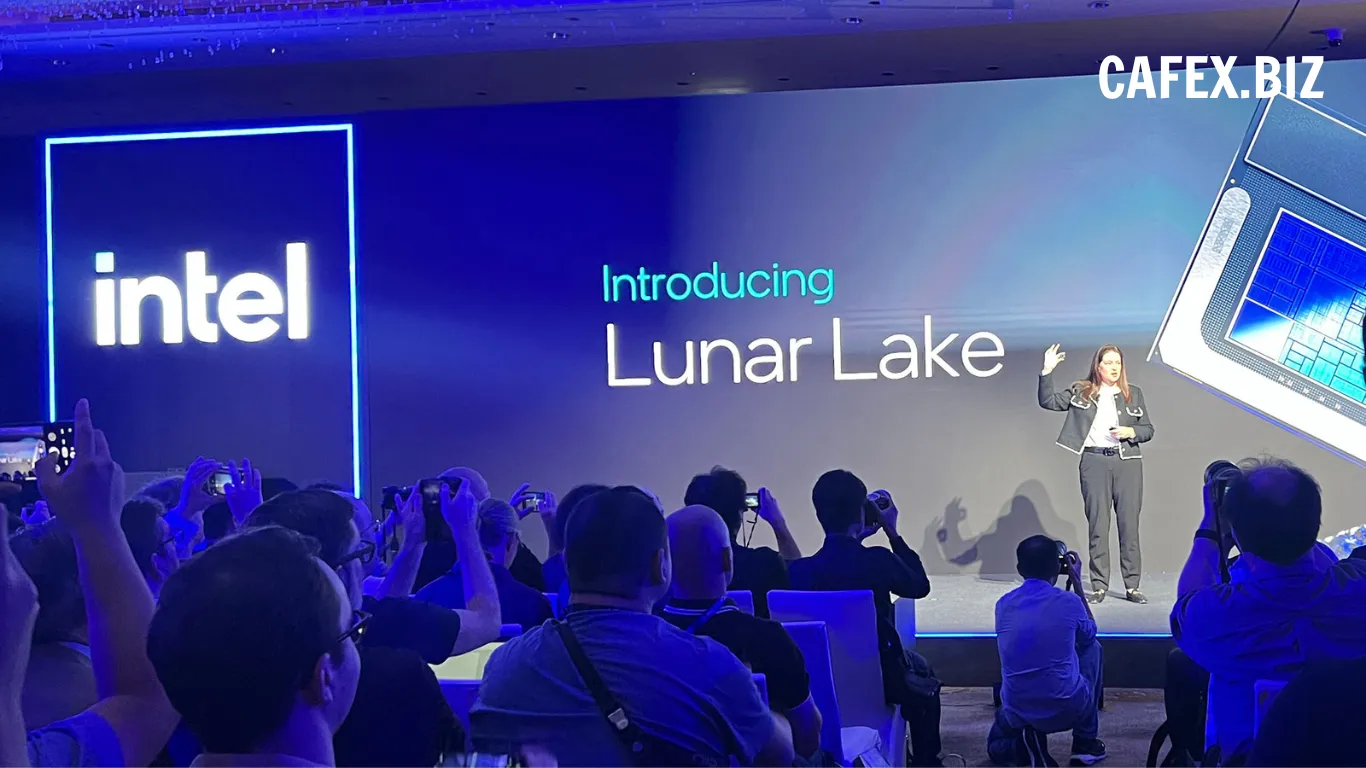Making the AI Terminal Smarter
Google recently announced a major upgrade to its command-line AI interface, Gemini CLI, by launching an extensions system that allows external tools and services to integrate directly into the terminal experience. The new capability, called Gemini CLI Extensions, is designed to convert the AI command line into a flexible development hub—letting developers bring familiar utilities, APIs, and workflows into their AI assistant environment without jumping between tools.
This move arrives as the AI tooling space is going deeper into modular architectures—ChatGPT launched an “apps” system just days earlier—but with one critical difference: Google’s extensions are open, community-publishable, and not restricted by curation. Let’s explore how this system works, who’s on board at launch, and what it means for developers and AI integration overall.
Understanding Gemini CLI & Its Extensibility Vision
What Is Gemini CLI?
Gemini CLI is an open-source, AI-powered command-line agent that brings Gemini’s capabilities (like code generation, file manipulation, debugging, natural language prompts) directly into the terminal environment.
By offering deep integration with local context—file structures, git status, project metadata—Gemini CLI enables developers to ask the AI to interact meaningfully with their codebase, not just answer isolated prompts.
From its launch in June 2025, Gemini CLI has already seen strong adoption, with Google claiming over one million users, primarily developers.
Why Extensions Are the Next Step
While Gemini CLI shipped with a set of built-in tools, its creators intended it to be extensible from day one. The introduction of extensions empowers developers and organizations to build custom integrations—connecting Gemini to databases, design systems, cloud services, monitoring tools, or internal APIs. In this way, the AI is embedded into your existing toolchain, rather than forcing you to adapt your workflow around it.
As Taylor Mullen, a senior staff engineer on the project, put it: the goal is “to turn Gemini CLI into an extensibility platform—a conduit to other tools and instructions that come from elsewhere in your tool chain.”

How Gemini CLI Extensions Work
Installation & Playbooks
Extensions are packaged with a “playbook”—a set of instructions, context hints, and tool definitions that teach the CLI how to use that extension effectively. When you install an extension, Gemini CLI learns how to route relevant commands, parse tool APIs, and weave those into conversation or command execution.
To install, developers use a simple CLI command like:
The CLI then integrates that tool into the shell, making its capabilities callable like built-in commands.
Open Ecosystem
Unlike more closed AI plugin ecosystems, Gemini CLI extensions can be published and hosted by anyone (no Google endorsement required). Many launch extensions are already available in public repositories like GitHub.
Google also launched a Gemini CLI Extensions catalog (a discovery UI) to help users browse and install community or partner extensions.
Launch Partners & Early Extensions
At launch, Google is offering a mix of its own and partner extensions. Some early notable integrations include:
-
Nanobanana: Google’s image generator tied into the CLI, enabling image creation commands from the terminal.
-
Other partner names include Figma, Stripe, Elastic, Postman, Shopify, Snyk, and more.
Google also built its own extensions to connect Gemini CLI to its products—things like Cloud Run, Kubernetes, Firebase, and other Google Cloud tools.
One example of a deeper integration is the Genkit extension, which gives Gemini CLI domain-specific awareness of Genkit (Google’s AI framework), allowing custom flows, context, and debugging commands.
Implications for Developer Workflows
Reduced Context Switching
With extensions, developers no longer need to bounce between terminal, IDE, browser, and tool dashboards. Gemini CLI can talk to your Git repo, API endpoints, design system, and cloud environment all from one interface. This can streamline developer productivity and reduce friction.
Intelligent, Contextual Interactions
Extensions make AI responses smarter. For example, if you ask “deploy to staging,” the CLI can invoke your deployment tool (if extension installed), check logs, and integrate with your cloud platform—all grounded in project context.
Customization & Company Tooling
Enterprises or teams can build their own internal extensions—connecting Gemini CLI to proprietary tooling, monitoring dashboards, or internal APIs—and share them across the team. This opens path for bespoke AI-enhanced internal workflows.
Democratization of Integration
Because the extension system is open, small tooling makers or open-source contributors can publish their integrations without needing approval from Google. That flexibility encourages innovation and expands the ecosystem more quickly.
Challenges & Considerations
Security & Permissions
When AI tools have direct access to external systems (databases, APIs, cloud control), ensuring safe execution, permission controls, and robust sandboxing is critical. The open-extension model must balance ease of use with security guardrails.
Quality & Consistency
Extensions vary in maturity. Some may be well-maintained and reliable, while others may lack proper error handling or updates. Users must vet community extensions before trusting them in production workflows.
Discoverability & Discoverability Overload
With many extensions, curation and discovery become crucial. The extensions catalog helps, but users may still struggle to find the right tool amidst many.
Stability & Compatibility
As both Gemini CLI and extension ecosystems evolve, backward compatibility, versioning, and API stability will be important to prevent breakage across updates.
User Trust & Web of Responsibility
Because extensions can be published by anyone, reputational risks arise. Users must trust that community extensions won’t misuse data or execute unintended commands.
Strategic Positioning vs. ChatGPT Apps
Google’s timing is notable: ChatGPT launched its apps system recently, enabling third-party services to integrate into ChatGPT. Gemini CLI’s extension system shares core intent (connecting AI to external services), but differs in execution:
-
Gemini’s system is open by default—no centralized curation gatekeeping. TechCrunch notes that extensions can be published without Google’s endorsement.
-
Because Gemini CLI is terminal-based, its extension model is more developer-focused, whereas ChatGPT apps are more UI/chat oriented.
-
Gemini CLI’s context awareness (file system, project structure) gives extensions deeper intelligence than general-purpose chat integrations.
How to Get Started
If you’re a developer interested in using Gemini CLI extensions:
-
Install Gemini CLI: Sign up and install via official Google or GitHub steps.
-
Browse extension catalog: Find partner or community extensions relevant to your stack.
-
Install via CLI: Use the
gemini extensions installcommand with a repository URL or path. -
Try core commands: Use built-in slash commands or natural language to test extension behavior.
-
Build your own: Create your own extensions combining MCP servers, context files, and custom commands. Publish to GitHub so others can use them.
Google provides templates, documentation, and tooling to help developers build and share extensions.
What to Watch Moving Forward
-
Growth of extension ecosystem: Will the community respond with useful, high-quality tools?
-
Enterprise adoption: Will companies build internal extensions that tie Gemini CLI into their production systems?
-
Security model evolution: How Google handles permissioning, verification, and risk will matter.
-
Competing AI interfaces: As CLI-based AI agents rise, how will they compete against UI/chat-based systems?
-
Metrics & adoption: Will extension usage drive deeper Gemini CLI adoption and usage retention?
Google’s release of Gemini CLI Extensions marks a significant step in making AI a first-class citizen in developer workflows. By opening extension publishing and connecting Gemini to external tools directly in the terminal, Google is betting on composability, transparency, and an open ecosystem over walled garden models.
For developers, the promise is real: smarter, context-aware workflows, deeper AI integration, and fewer tool-switching distractions. But execution will matter. The extension catalog, security practices, and community quality will define whether this system flourishes.
In a world where AI is no longer just about chatting—but embedded into infrastructure—Gemini CLI extensions might just represent one of the clearest paths forward for truly integrated development experiences.




-1711075532.jpg)
